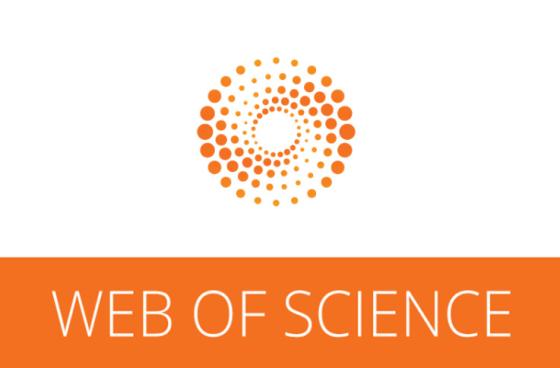
We are very proud of the EXARC Journal: it gives everybody who has something relevant to say a platform to do so. Over 650 articles have been published so far online, and shared 100,000s of times per year. This is how we share new knowledge and experience about experimental archaeology, open-air museums, ancient technology and interpretation. If we say that everybody can publish with us, that is exactly what we mean. EXARC is a network where you can meet professors and craftspeople, students and artists, and everybody else. Our editorial team helps with all stages of publication, at no cost for authors or for readers. We work as volunteers, and free open access is important to us.
A few years ago, the EXARC Journal was added to the Directory of Open Access Journals (DOAJ). We had to make sure everything was structured well, but to be honest, this was an easy process as we had almost everything in place already. Now we made another step: we submitted the EXARC Journal for inclusion into Scopus' Web of Science. This is a worldwide database to track scientific research in many academic directions. For those authors working in the academic world, it is important to keep track of the number of citations and the impact factor. Many of them have a duty to get good scores on these items and for that reason have to select carefully where they publish.
If the EXARC Journal would be included in the Web of Science, it would have an impact factor and therefore be more interesting to academics for publication. This does not mean at all that the EXARC Journal will change and become less accessible, on the contrary: we believe it will strengthen the role of being a place where independent researchers and those liaised to an organisation will jointly publish anything relevant to our themes.
At this point EXARC wants to extend a huge thanks to those who voluntarily helped in compiling the extra information and doing test runs of the evaluation. Thank you so much Silje Bentsen, Katerina Dvorakova, Magdalena Zielinska and Roeland Paardekooper.
For more information: https://exarc.net/journal
